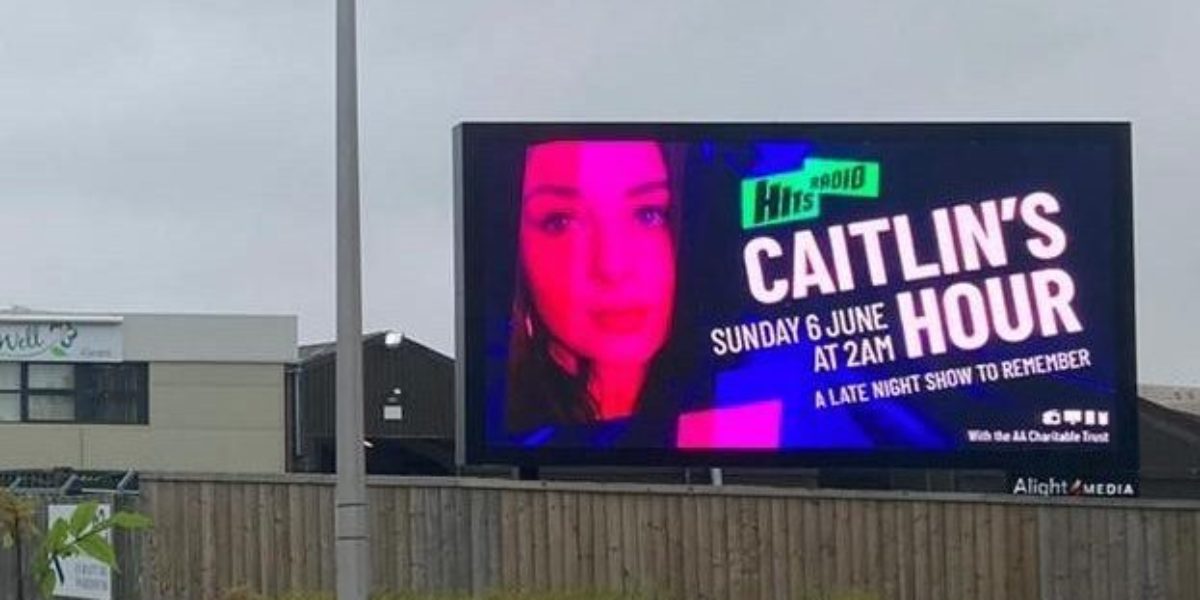Teenage driver deaths underestimated
People fail to recognise the dangers facing young drivers
- Drugs, gun and knife crime perceived as bigger threats to teenagers than driving despite global stats to the contrary
- AA Charitable Trust Rural Young Drivers campaign teams up with Bauer and adam&eveDDB in one-off radio show, Caitlin’s Hour, to highlight the seven in ten fatal young driver crashes happen on rural roads
- Caitlin’s Hour, on Hits Radio Network and Kerrang! Radio, will celebrate the life of Caitlin Huddleston who died in a rural road crash at just 18
- Interactive crash map shows riskiest rural routes for young drivers
- 36 billboards nationwide to showcase campaign to drivers including one near road of Caitlin’s crash
Eight in ten drivers (86%) underestimate the risk driving poses to teenagers.
Just one in six (14%) say they believe it is the greatest threat to their safety.
The claims come from new research* by the AA Charitable Trust. It shows that while the perceived risk of driving has not changed significantly (11% in 2008; 15% in 2013; 17% in 2018; 14% in 2021), the perception of drugs being the greatest threat to teenagers’ safety has risen from 31% to 39% since 2008.
Globally, road crashes are the leading cause of death among teenagers. The latest UK statistics** show 2,223 17-to-19-year-olds were killed or seriously injured in road crashes. And research from the AA Charitable Trust Young Rural Drivers campaign shows rural roads in particular pose a particular danger.
Routes to safety
A new campaign launched last month, aims to raise awareness that 71% of fatal crashes involving young drivers occur on rural roads.
Overall, the research shows young drivers (aged 17-to-24) are over-represented in rural crashes by 9%. This highest for those aged 17 (27%) and decreasing with every subsequent year.
Young drivers also face a higher risk of death (2%) or serious injury (15.2%) when involved in a crash on a rural roads.
“Road crashes are the single biggest killer of teenagers across the world,” says Edmund King OBE, AA Charitable Trust director.
“Understanding how, when and where young people are involved in crashes is vitally important”.
Case study
Caitlin Huddleston tragically died in a car crash on the A595 in Cumbria. She was just 18, a passenger in a car driven by her friend, her brother’s girlfriend. Skye also lost her life.
Along with another friend, they were driving to a local Italian restaurant for dinner. Skye lost control of the car on a bend and collided with a van. Neither driver was speeding, but the road was wet. Inexperience and driving too fast for the conditions were highlighted by the Coroner.
Caitlin’s mother, Sharron Huddleston, subsequently started campaigns for young and novice drivers and their passengers. She said she was not aware at the time of the crash that rural roads were especially dangerous. In fact, just a few months before the crash she was concerned about Caitlin travelling with friends on a motorway journey. Sadly, she didn’t think there was a need to be concerned about local roads.
“We are honoured that the AA Trust has chosen Caitlin to be the symbol of their rural roads campaign.
“I know Caitlin would want me to raise awareness in her memory, to try to help stop what happened to her, happening to any other young innocent people. This is what we are trying to do through ‘Caitlin’s Campaign’.
The campaign
A one-hour long radio programme, Caitlin’s Hour, A Late-Night Show to Remember runs on Kerrang! radio. There are also 36 billboards promoting the campaign.
The interactive map can be found here. Keeping Young Drivers Safe On Rural Roads | AA (theaa.com)
Young Rural Driver Crash Fact file:
– July, August, October and November most concerning months for crashes involving young drivers on rural roads.
– Proportion of crashes involving young drivers which are on Sundays is 9% higher on rural roads than on urban roads.
– Single vehicle collisions account for 27% of all young driver crashes on rural roads compared to 16% for drivers of all ages.
– Substance impairment attributed to a young driver in 9% of young driver rural road crashes on Sundays compared to an average of 4% on other days.
Call to action:
– New drivers to get more experience driving on rural roads before going out alone.
– Need graduated learning with a logbook for driving lessons to cover driving on all types of road, at different times of the day, and in different weather conditions.
– Greater emphasis on rural roads in theory and practical driving test.
– Campaign to raise awareness amongst drivers and parents of the dangers.
– Interactive map to be used as a Think! educational resource for schools.
– Raise awareness that those growing up in rural areas are more at risk on the roads than their urban counterparts.





